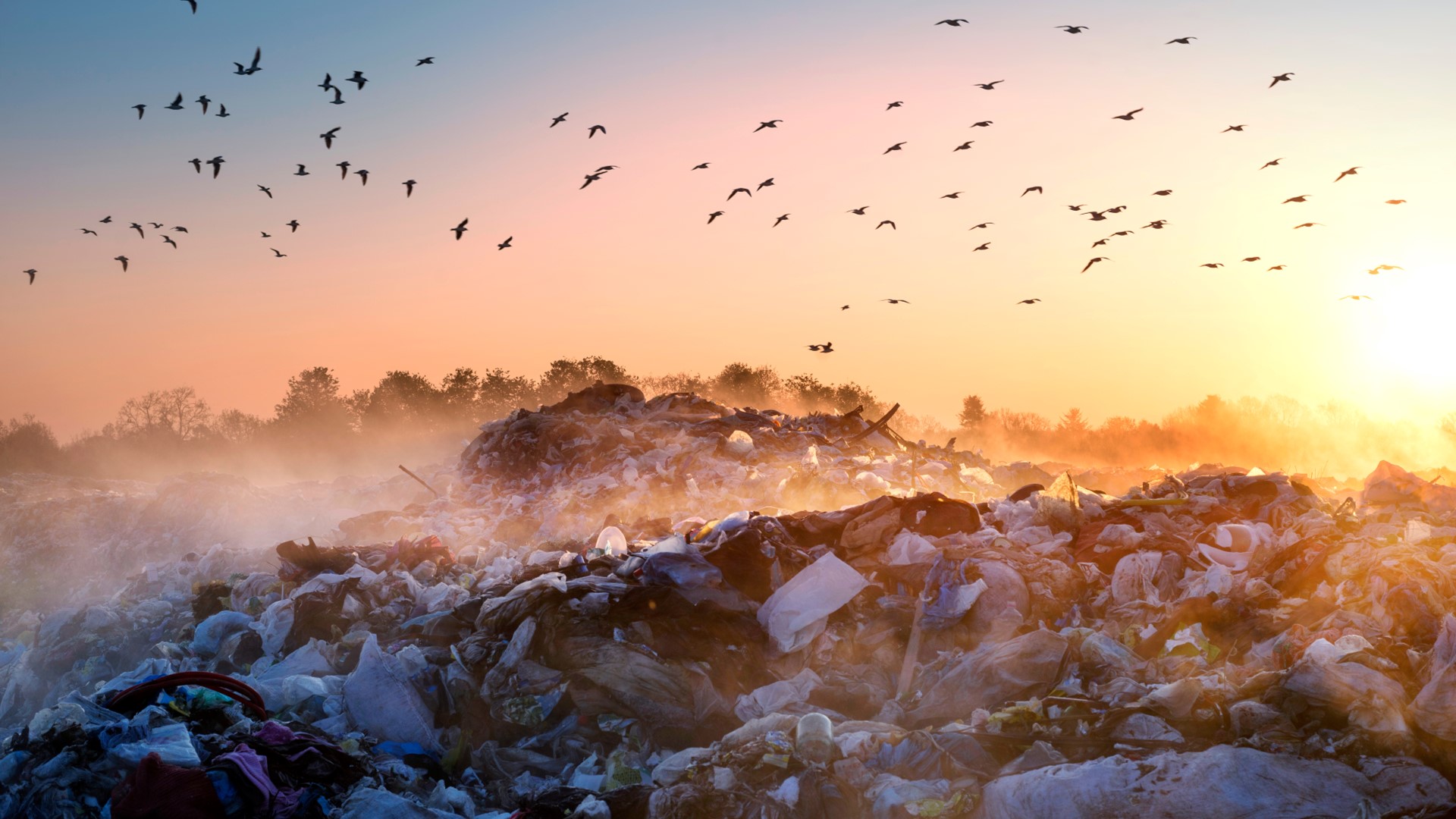Publication
Distress signals: Cooperation agreements or mergers to the rescue in times of crisis?
The current volatile and unpredictable economic climate creates challenges for businesses.


Australia | Publication | January 2023
The Environment Protection Authority Victoria (EPA) has released two new draft guidelines, a Separation distance guideline and a Landfill buffer guideline (Draft Guidelines). The Draft Guidelines are helpfully summarised by the EPA here: Guide to separation distance and landfill buffer changes.
The Draft Guidelines will:
Businesses involved with landfills or industries which emit odour or dust, and are proposing new or expanded operations in 2023 or beyond, should carefully review the Draft Guidelines and consider the impact they may have on their plans.
If you are impacted by the proposed new guidelines, consider making a submission during the consultation period. Consultation on the Draft Guidelines closes on 5:00pm 17 February 2023.
EPA guidelines inform the new ‘state of knowledge’ test within the General Environmental Duty established under the Environment Protection Act 2017 (EP Act).
State of knowledge includes all of the information you should reasonably know about when managing the risks of your business. As such, a failure to comply with or an ignorance of the guidelines may be used against you if a breach of the EP Act occurs.
Once finalised, the Draft Guidelines will apply only to new permits and applications.
The Draft Guidelines will replace the Recommended separation distances for industrial residual air emissions (EPA publication 1518).
Key changes arising from the Separation distance guideline include:
The Draft Guidelines will replace the Assessing planning proposals within the buffer of a landfill (EPA publication 1642) and relevant parts of Siting, design, operation and rehabilitation of landfills (Landfill BPEM) (publication 788.3).
Key changes include:
It is proposed that the new 1,500-metre buffer may be varied to a minimum of 1,000 metres if an appropriate odour risk assessment is able to demonstrate that an alternative buffer is acceptable.
Consultation closes 5:00pm, 17 February 2023. You can participate in the consultation by filling out an online form on the EPA’s website found here.
Final guidelines are proposed to be published on the EPA’s website mid 2023.
If you are unsure how the Draft Guidelines might affect your existing operations or future projects, or would like assistance with preparing a submission to the EPA, please contact a member of our Environment and Planning team.
Publication
The current volatile and unpredictable economic climate creates challenges for businesses.

Publication
Recent tariffs and other trade measures have transformed the international trade landscape, impacting almost every sector, region and business worldwide.

Publication
In mid-March 2025, Cognia Law and Norton Rose Fulbright’s Legal Operations Consulting team co-hosted a second roundtable event that brought together senior leaders, including GCs, COO and head of legal operations, from across the legal industry to discuss how to drive meaningful change within the legal ecosystem.
Subscribe and stay up to date with the latest legal news, information and events . . .
© Norton Rose Fulbright LLP 2025